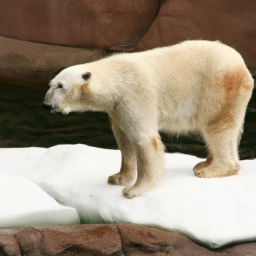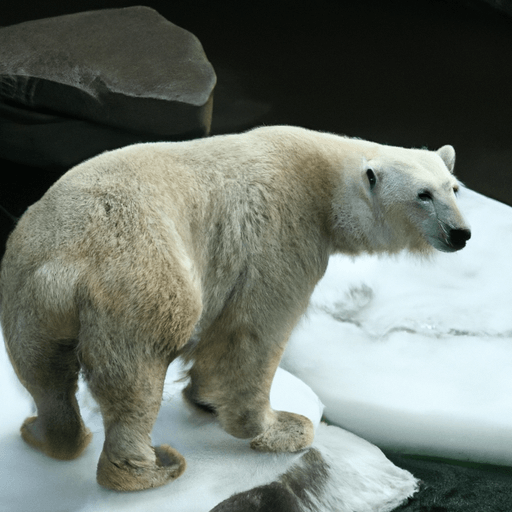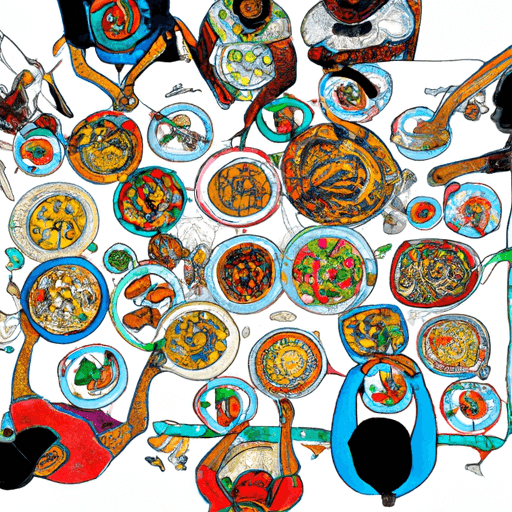426
Newsletter
Subscribe to our newsletter for exclusive content, latest news and trends, and exciting new features.
Tranding
Categories
Education and learningFood and cookingLiterature and writingScience and natureEntertainmentTravel and tourism
Health and wellnessEnvironment and sustainabilityPets and animalsLifestyleMusic and EntertainmentHome and gardenBusiness and entrepreneurshipSports and fitnessGaming and esportsArts and cultureBeauty and personal careTechnology




















Comments
Leave a Comment